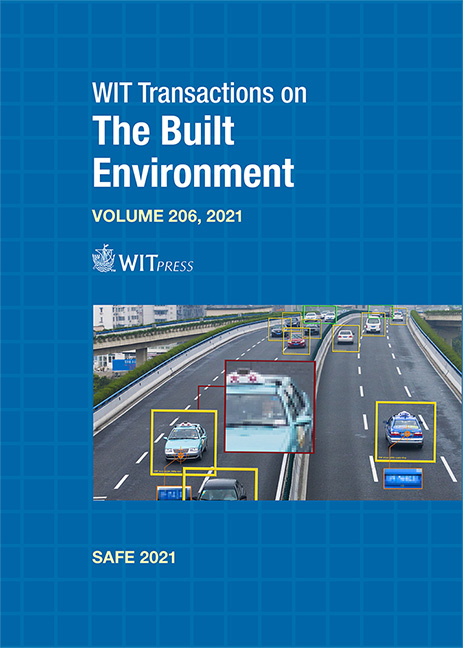STRUCTURAL CONDITION ASSESSMENT OF SEWERS AND ITS APPLICATION ON A CASE STUDY IN TOULOUSE, FRANCE
Price
Free (open access)
Transaction
Volume
206
Pages
13
Page Range
15 - 27
Published
2022
Paper DOI
10.2495/SAFE210021
Copyright
Author(s)
GEORGIA KANELLAKI, MARTA DEL PALACIO, IDRISS BENSLIMANE
Abstract
Urban densification and transformation of cities have induced an interconnection and superposition between new and old structures. Thus, it is important to verify the structural compatibility and to evaluate the risk induced on the underground structures. The goal is to avoid generating an irreversible dysfunction with disproportionate costs on urban functioning vital elements, such as wastewater and rainwater collectors. These structures are frequently impacted by current construction projects, such as tunnels, underground parking and buildings. For this reason, their resistance should be assessed. Meanwhile, most of the sewage systems of metropolitan cities have reached their design working life or have been severely damaged. Structural health monitoring of collectors is therefore an ongoing field and a useful solution to extend service life of the structures. This paper aims to provide some insights toward structural condition assessment methods of sewage systems, such as visual inspection, radar auscultation, internal hydraulic jacking tests and modelling of the structural stability due to external parameters. Furthermore, a case study of a 150/100 cm ovoid-shaped combined sewer in Toulouse, France, will be analysed applying the aforementioned methods. It is a non-reinforced concrete structure which collects wastewater and rainwater from three main conduits of the city upstream of the purification station. In regard to the tunnelling works for the metro passage underneath the collector, it was necessary to assess the impact of this operation on its integrity. 3D soil-structure interaction model has been performed using the finite element method. Structure parameters and hardening soil ones have been given according to the diagnostic. The results of numerical simulation are given in this paper and they were used as constraints for the tunnelling operation.
Keywords
structural condition assessment, structural auscultation, underground structures, sewage systems, tunnel construction impact, internal hydraulic jacking tests





